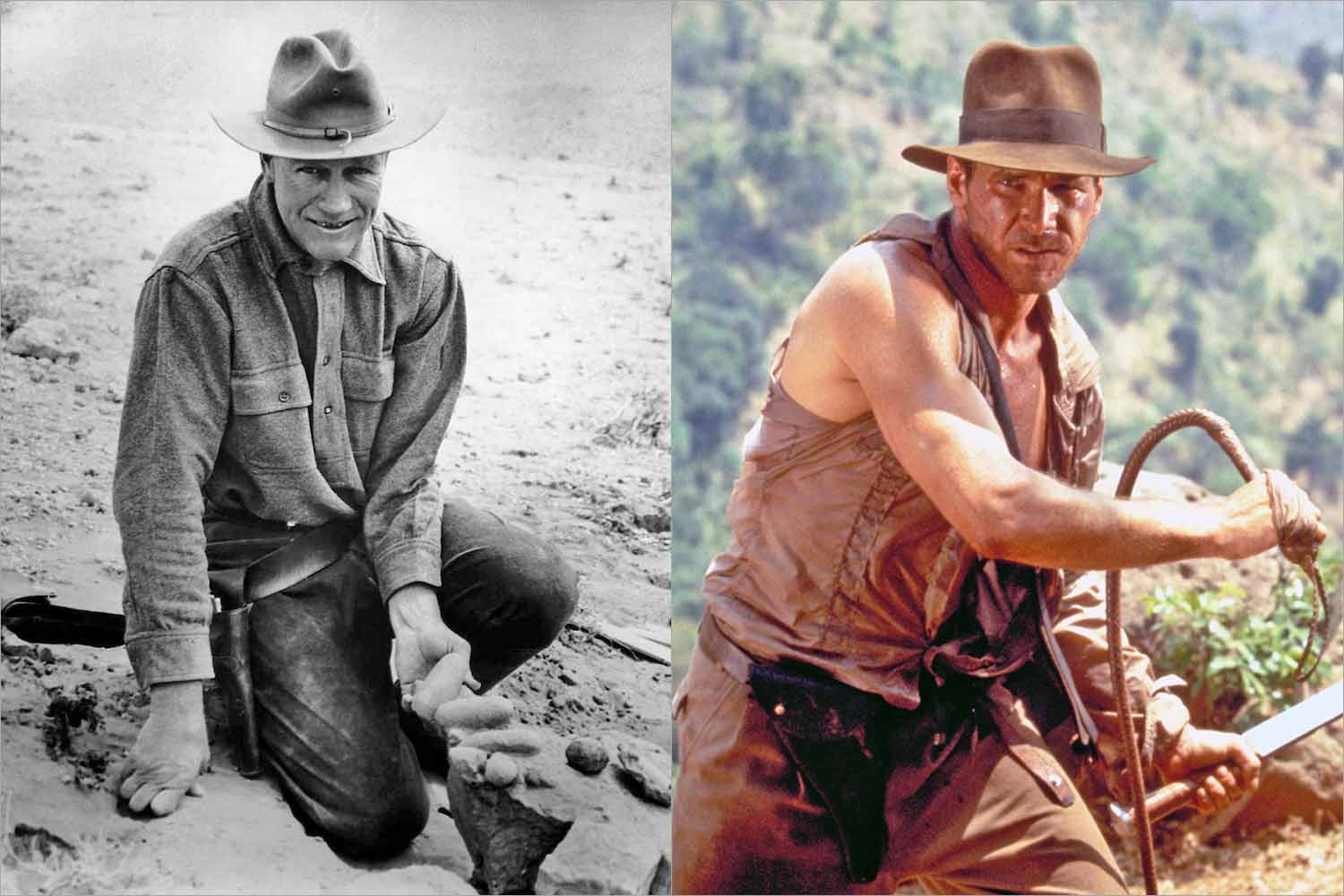We got to know the whales thanks to him: Who is Roy Chapman Andrews?
The cetacean collection, which is today in the American Museum of Natural History and was created by his efforts, is one of the richest collections in the world. Andrews is considered to have inspired Indiana Jones.

(1884-1960) American naturalist and traveler. With his study trips to East and Central Asia, he contributed to the enrichment of paleontological findings, especially regarding extinct mammals and reptiles.
He was born on January 26, 1884, in Beloit, Wisconsin. Deciding to become a nature researcher at a young age, he went to New York as soon as he graduated from Beloit College in 1906 and applied to the American Museum of Natural History, which is famous for its rich natural history collection. After working for a while in cleaning and embalming and stuffing animals, he began to participate in research trips, attracting the attention of managers with his interest.
Roy Chapman Andrews (January 26, 1884 – March 11, 1960) was an American explorer, adventurer, and naturalist who became the director of the American Museum of Natural History. He led a series of expeditions through the politically disturbed China of the early 20th century into the Gobi Desert and Mongolia. The expeditions made important discoveries and brought the first-known fossil dinosaur eggs to the museum. Chapman's popular writing about his adventures made him famous.
Beginning with his first expedition in 1908, he traveled to Alaska, the East Indies, Borneo, the Celebes Islands, Japan, and North Korea until 1914. After being appointed head of the Museum's Department of Asian Studies, he made three major trips to Tibet, Burma, and Southwest China in 1916-1917, to North China and Mongolia in 1919, and to Central Asia in 1921 and 1925. organized. Having assumed the directorship of the museum in 1935, Andrews retired from this position in 1942 and spent the next years of his life compiling and publishing travel notes and organizing conferences promoting Asia. He died on March 11, 1960, in Carmel, California.
Andrews, in his first trips to Alaska in 1908 and to the East Indies, Borneo, and Celebes Islands in 1909 with the research ship "Albatross", studied whales and other marine mammals in particular, and soon specialized in this field. The cetacean collection, which is today in the American Museum of Natural History and was created by his efforts, is one of the richest collections in the world. After 1915, Andrews, who focused more on land studies and started to head the Asian Studies Department of the museum, first of all, intended to investigate whether Central Asia was the cradle of the first man and many animal species, as some scientists have argued. Although he organized an expedition to Southwest China for this purpose in 1916, he had to interrupt his research due to World War I. Until the end of the war, he was assigned to the intelligence agency of the US naval base in Beijing.
Returning to his country at the end of the war, Andrews found the first petrified dinosaur eggs in Mongolia during his second Asian trip in 1919 with the financial support of the American government. The most productive trip of Andrews, who collected his notes and views on this trip in his book Across Mongolian Plains, published in 1921, is the third Asian trip he made after that date. While investigating the geologically least studied areas of Central Asia, especially China and Mongolia, he came across a new geological layer and a rich fossil field in the Gobi Desert; The fossils of mammals and reptiles whose existence was not known until that day, the skull and other skeletal fragments of the 8 m long and 6 m high, rhino-like haluc-hitherium, the largest of the known land mammals, in the Balochistan region of South Asia, about 2.5 meters long, the predecessor of the dinosaurs. He found the bones and eggs of the m-long reptilian protoceratops, traces of prehistoric human life. Returning to the USA in 1930 due to the political turmoil in the region and describing this important trip in his book The New Conquest of Central Asia, Andrews' Asian studies shed light on studies in the fields of geology, zoology, especially paleontology and paleobotany.
WORKS:
- Camps and Trails in China, 1918; Across Mongolian Plains (with Y.B. Andrews), 1921
- On the Trail of Ancient Man, 1926,
- Ends of the F.arth, 1929,
- The New Conquest of Central Asia, 1933,
- Heart of Asia, 1951.
--------------------------------------------------------------
The real-life Indiana Jones was from Wisconsin
https://www.thebozho.com/roy-chapman-andrews-real-life-indiana-jones/
